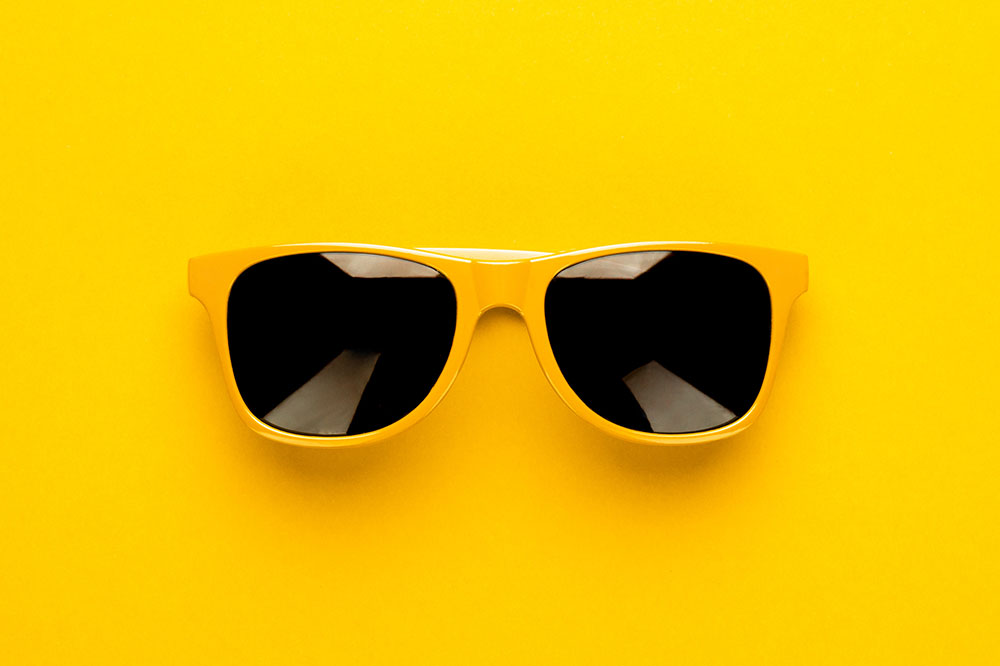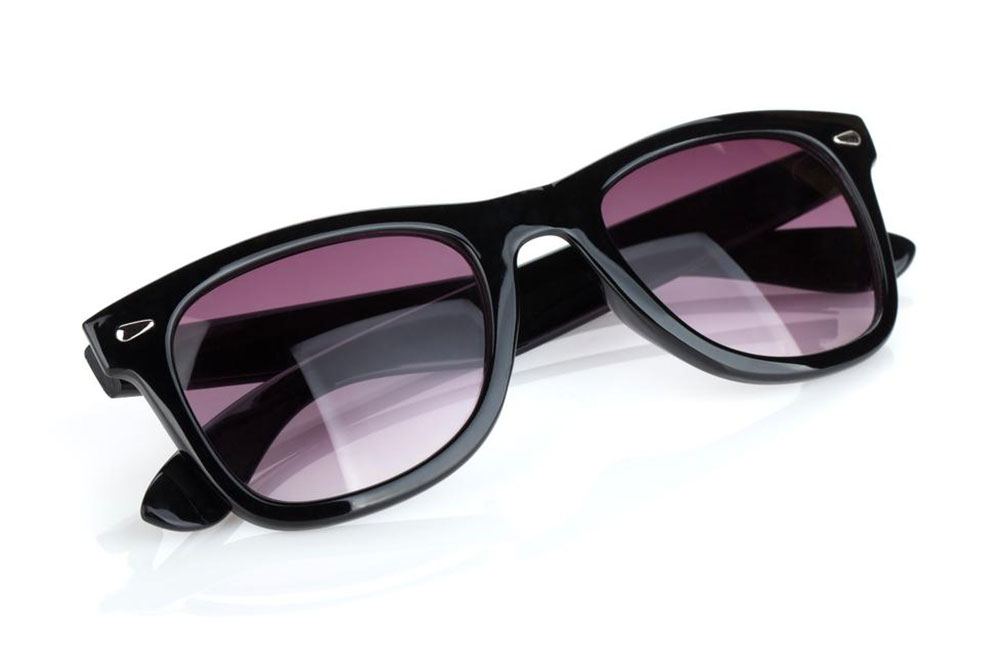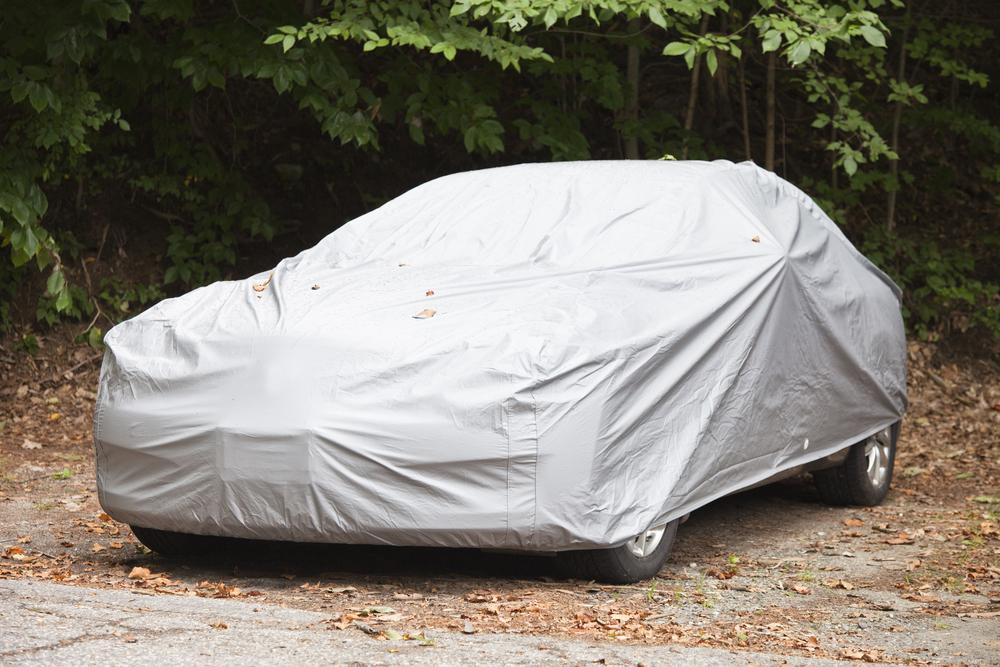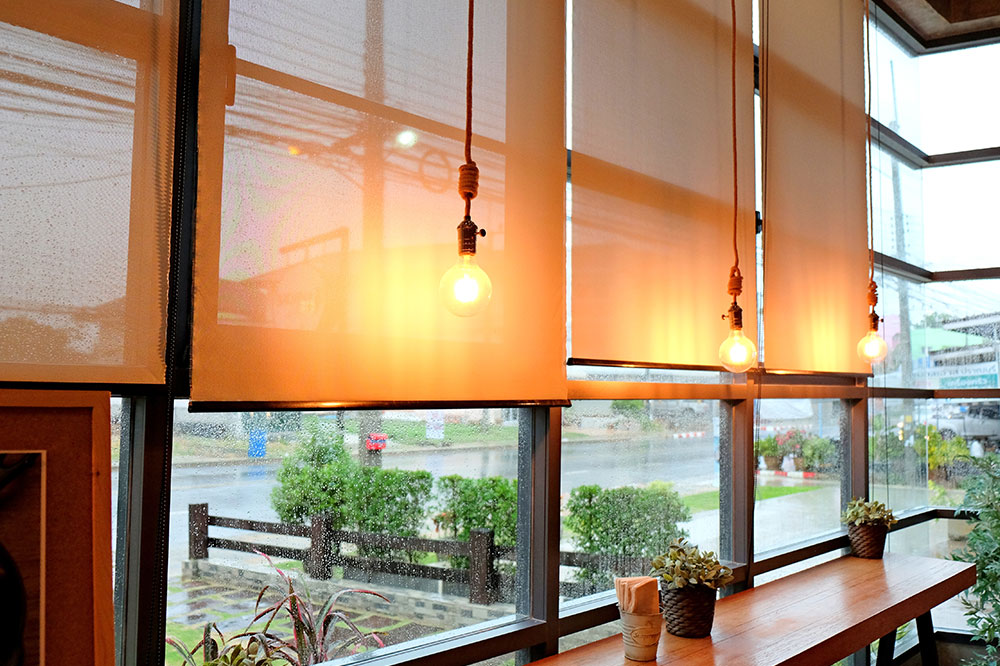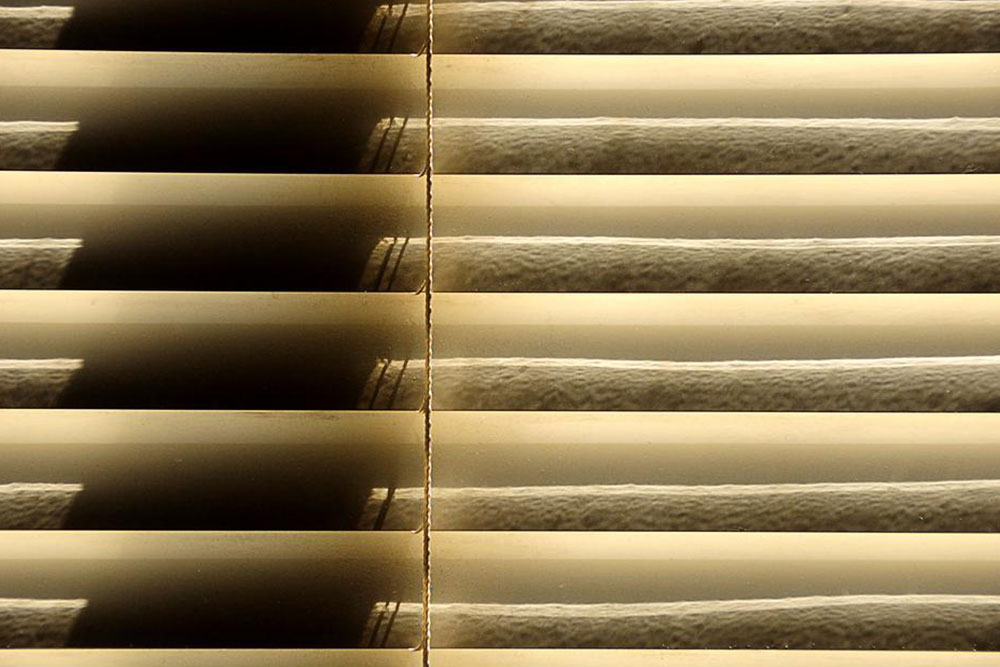Essential Guide to Choosing the Right Ski Goggles
Discover essential tips for selecting the perfect ski goggles, including lens types, tint options, and fitting advice. Learn how polarized lenses reduce glare, and find out what features to look for to ensure safety and performance during your winter adventures. This guide helps skiers and outdoor enthusiasts make informed decisions to enhance visibility, comfort, and eye protection against snow and glare conditions.

Essential Guide to Choosing the Right Ski Goggles
Ski goggles are vital for safeguarding your eyes and face from snow, wind, and glare. They are designed to be large enough to shield significant facial areas yet remain lightweight and less bulky. A snug fit ensures protection against wind and snow, and flexible frames offer comfort and durability. Typically secured with wide, sturdy straps, ski goggles stay firmly in place during active movement.
Some ski goggles resemble sports sunglasses with unique frames and integrated side shields that block wind and snow. Styles include wraparound designs, cable, and temple straps to enhance fit and security. Lenses are often yellow/orange, improving contrast by blocking blue hues, with rose tones also aiding visibility. Polarized lenses minimize glare from the sun reflecting off snow and ice, making them popular among skiers, boaters, and fishermen for their glare-reducing properties.
When shopping, compare prices at well-stocked stores and online. Seek advice from experienced users, and research manufacturers for detailed product information. Online sales often offer affordable options, including discounts on ski goggles. Try on multiple models, especially those with clear lenses for night skiing, in a dark environment to check for distortion and glare. Ensure lenses offer full UV protection, anti-fog features, double-layer construction, and effective ventilation.
Choosing the right tint is crucial for depth perception, color accuracy, and reducing eye fatigue. Yellow or amber lenses excel in low light and foggy conditions by filtering blue light, while rose lenses are suitable for darker days. Darker tints provide true color visibility, ensuring optimal performance and comfort during your ski adventures.
Disclaimer:
The information on this site covers various topics, offering useful insights based on research. However, readers should not consider these articles as definitive advice, and the site isn't responsible for discrepancies or inaccuracies. Offers and promotions vary, so always verify details before making purchases.

